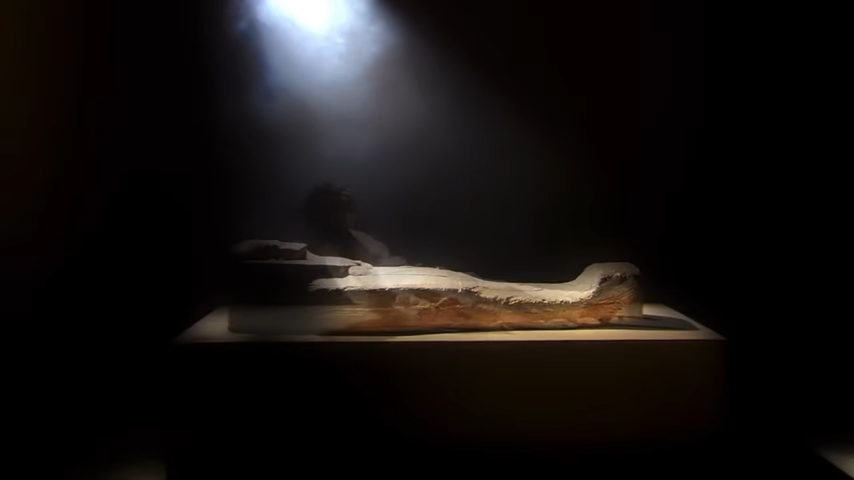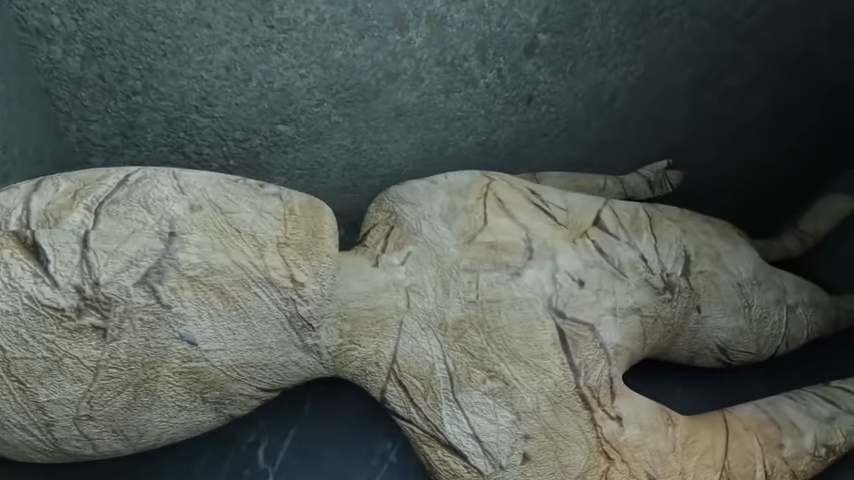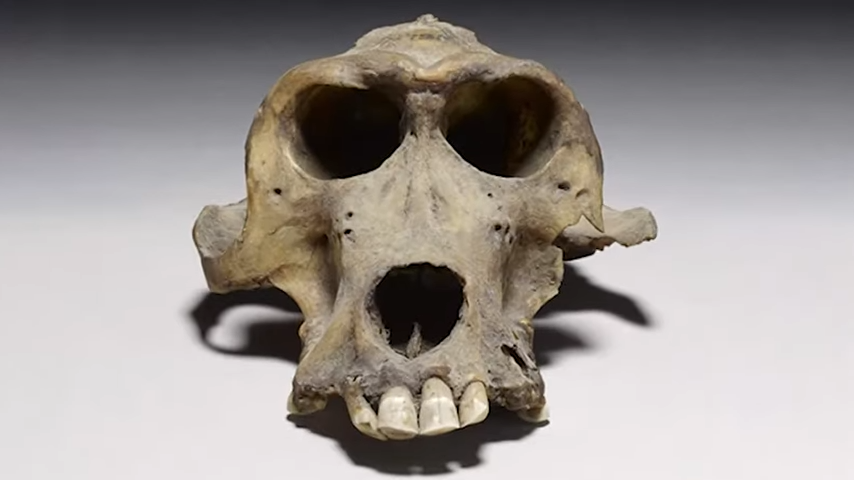In the vast expanse of Egypt’s desert sands, where history whispers through the winds, archaeologists embarked on an audacious quest to unveil the secrets of one of history’s most enigmatic figures: Cleopatra, the legendary queen of Egypt. Led by the renowned Kathleen Martinez, this intrepid team ventured deep into the heart of Northern Egypt, where the Osiris Magna temple stood as a sentinel of ancient mysteries.

Against all odds, their perseverance bore fruit as they stumbled upon an awe-inspiring revelation buried beneath the temple’s hallowed grounds. A 4200-foot-long tunnel, shrouded in secrecy for centuries, emerged from the depths, leading to an untouched chamber. Speculation rippled through the archaeological community as experts dared to suggest that this chamber could be the long-lost resting place of Cleopatra herself.

But the discovery didn’t stop there. In their meticulous excavation, Martinez and her team unearthed a treasure trove of artifacts, each a testament to Egypt’s rich and storied past. Ceramic pots, vessels, and alabaster statues from the ancient era painted a vivid picture of life and culture in Cleopatra’s time.
Amidst the artifacts lay a particularly captivating find: a mummy with a golden tongue. This astonishing discovery shed new light on ancient Egyptian burial practices, offering a glimpse into their beliefs about the afterlife. Believed to have been buried almost 2000 years ago in the ruins of Taposiris Magna, this mummy hinted at a connection to the temple’s dedication to Osiris, the god of the underworld.

As the excavation continued, Martinez’s unwavering dedication to her quest became apparent. Nearly two decades of relentless pursuit led her to unravel previously unknown chambers within the temple, fueling speculation about a joint burial site for Cleopatra and Mark Antony.
The wonders of ancient Egypt have perpetually captivated the world’s imagination, each discovery unveiling a new layer of its rich tapestry. From the mysterious Land of Punt to the enigmatic fate of Queen Nefertiti, the allure of Egypt’s ancient mysteries continues to enthrall historians and archaeologists alike.

As we stand on the brink of uncovering Cleopatra’s elusive tomb, the world holds its breath, eager to witness the next chapter in this captivating journey through Egypt’s ancient wonders. Will we finally unravel the mysteries of Cleopatra’s final resting place, or will the quest persist, shrouded in the sands of time? Join us as we embark on this extraordinary adventure, delving deeper into the annals of history to uncover the hidden marvels of ancient Egypt.





